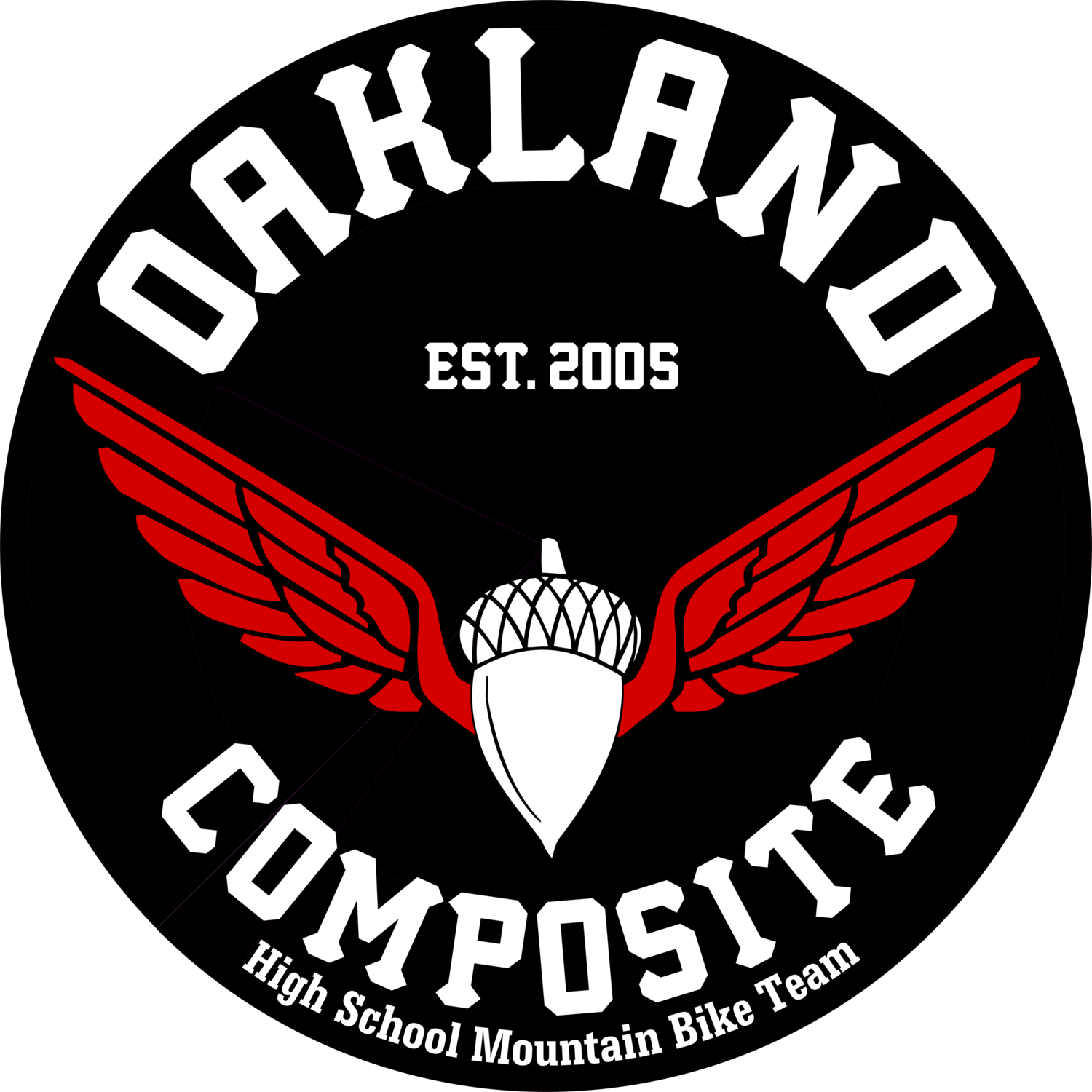Feature Punch List:
There are so many bikes out there. But if you just want a punch list of features, here they are:
Trail or Cross Country hard tail mountain bike
Disc brakes
27.5” or 29” wheels
Thru axle or quick release wheels
Tubeless ready tires and wheels* — tubeless tires are less likely to go completely flat since they have a liquid sealant that seals small holes.
1x drivetrain* — simplifies the bike gearing so that there’s only one shifter. Making the bike easier to operate and lighter too.
* Optional but highly recommended
Most bike shops will let you “demo” a bike. Ask if you can do that. Some will charge you, but usually you can apply the fee toward the purchase. Riding bikes around the parking lot is fine, but if you can, try to demo it on the trails. We’ve had kids bring demo bikes to our rides.
HOW MUCH SHOULD I EXPECT TO SPEND ON A NEW BIKE?
A great bike that fits the criteria above will cost anywhere from $750 - $1500+. We know that that sounds like a lot. But as mentioned before, these bikes will hold their value and can be passed down to a sibling, relative, or friend. Plus, these bikes can be ridden outside of Race Season— to school, for fun, commutes, etc.
If you do find this cost prohibitive, PLEASE PLEASE talk to us before you decide this is not the sport for your athlete. We can find a way to make it work. In the past, we’ve maintained a small fleet of loaner bikes donated to us and have loaned those out to kids in the club. While we’d like to get out of the business of maintaining and storing these bikes, we understand there’s a need. We’re also working out a partnership with Trek in order to get bikes at cost. So, if you find that Oakland Composite or High School Mountain Biking is going to put a financial burden for your family, please contact us first so we can help.
What are DISC BRAKES?
Disc brakes are still fairly new to bikes. As a matter of fact, most road bikes today don’t use disc brakes yet. However, you can find them on most mountain bikes today. Even the ones sold at Walmart!
Mountain bikes are meant to be ridden in all types of terrain including mud and water. The brakes that came before disc brakes, caliper or cantilever brakes, worked by applying pressure to the wheel which sits closer to the ground. On muddy rides, mud can often get on the brake pads reducing the effectiveness of the brakes. Hence, making it very dangerous for the rider and those around.
Disc brakes have a lot more stopping power and are a lot more reliable. So, here’s our recommendation:
DO: Get a mountain bike with disc brakes. Preferably the hydraulic variety. While non-hydraulic brakes work well too, hydraulic brakes are much more powerful and easier for smaller hands to actuate.
DO NOT: Get a bike without disc brakes! We’ve had a lot of kids who’ve ridden older mountain bikes handed down to them from their parents. While that’s super cool, just make sure that you’re handing down a bike that’s safe. Our lowest standard of safety for bikes these days all have disc brakes.
WHy QUICK RELEASE OR THRU AXLES?
Out on the trails, it’s inevitable that one of us will get a flat tire during the season. Last season, I helped three kids fix their flat tire. Because flat tires are so common with bikes, most bike manufacturers today make it easy for tires to be fixed out on the trail with minimal tools. One way they do this is by making it easy for the rider to remove their wheels. In order to fix a tire, you have to first remove the wheel. Older or cheaper bikes don’t allow you to remove the wheel without a wrench.
A quick release or, even better, a thru axle is a rod that goes through a wheel’s hub to secure the wheel onto the bike. The nice thing about a quick release or thru axle is that it’s easy to remove without any tools — making it fast and easy to remove a wheel so you can patch up the tire or tube. So, here’s our recommendation:
DO: Get a bike with thru axle (preferred) or quick release wheels.
DO NOT: Get a bike that has wheels that are bolted on with a typical nut. This will just make it impossible for your child to get their tire fixed during a ride (because none of our coaches or ride leaders carry wrenches on rides)
What Wheel SIZES Should we get?
Currently, there are primarily two wheel sizes for mountain bikes:
27.5” (or sometimes called 650b)
29”
There are also smaller wheels for the smaller riders — usually 24”. However, most of our middle schoolers are big enough to be able to ride a 27.5” or 29” wheel sized bike.
DO: Get a bike with 27.5” or 29” wheels. The previous standard was 26”. That’s fine too, but they’re hard to find new.
DO NOT: If your athlete is at least 5’ tall, they should be able to fit on a bike with 27.5” to 29” wheels. Don’t get a 24” wheel sized bike if your athlete is 5’+ tall. It’ll be way too small for them.



